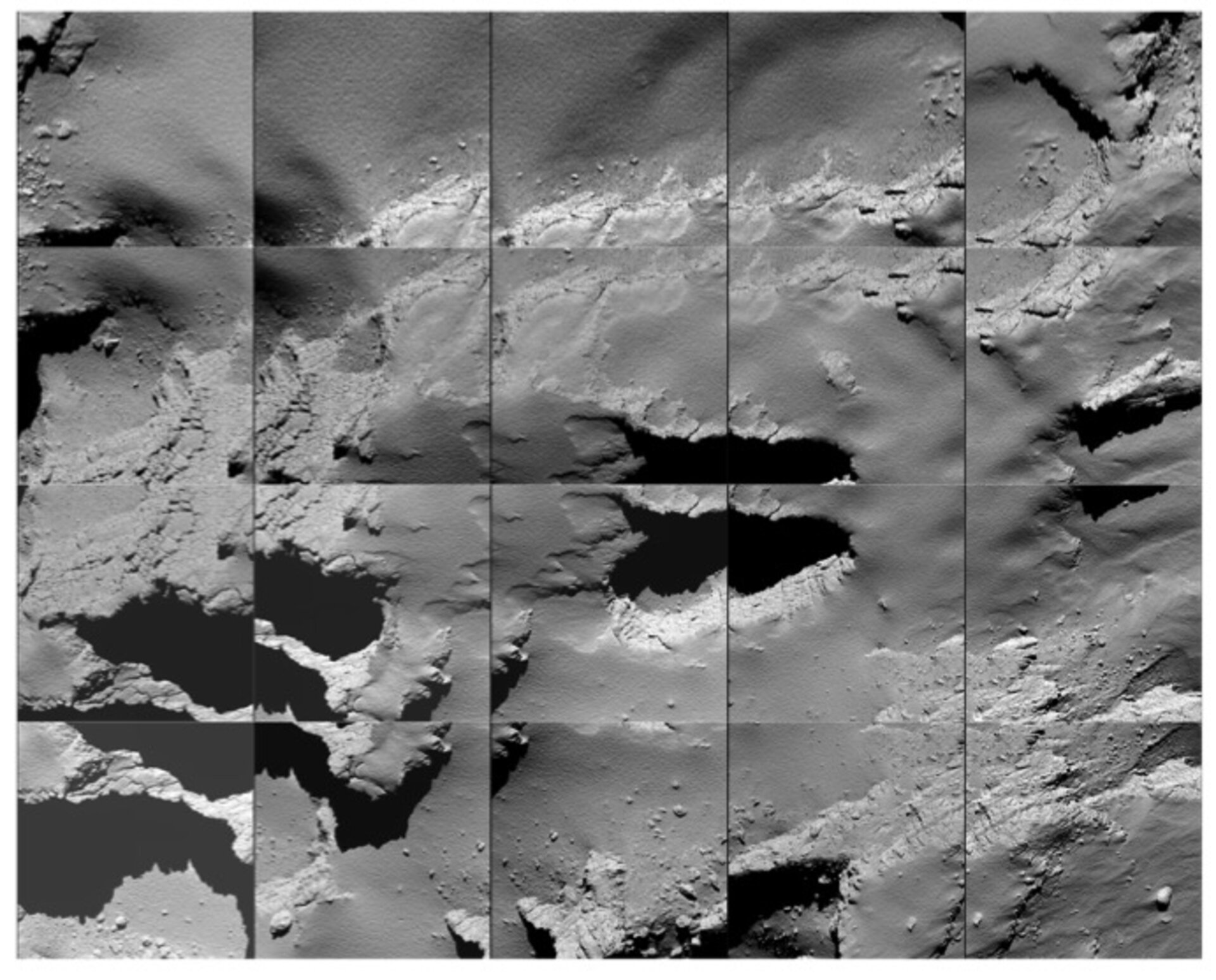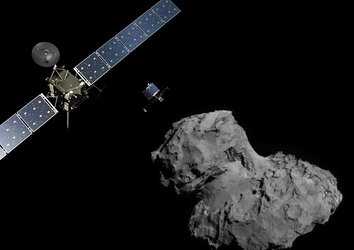Why comets?
Comets are the most primitive objects in the Solar System. Many scientists think that they have kept a record of the physical and chemical processes that occurred during the early stages of the evolution of our Sun and Solar System.
The abundance of volatile material in comets makes them particularly important and extraordinary objects. This characteristic demonstrates that comets were formed at large distances from the Sun and have been preserved at low temperatures since their formation. Cometary material therefore represents the closest we can get to the conditions that occurred when the Sun and our Solar System were born.

Telescope observations from the ground or in Earth orbit (for instance from the ESA/NASA SOHO and Hubble Space Telescope missions) have increased in the last decade. They form the basis for understanding these small bodies, since we can now compare observations of a very large variety of objects, and can undertake wider investigations of cometary activity.
From this wealth of new information, it is becoming apparent that there is no clear boundary between asteroids and comets. Indeed, some objects in the Asteroid Belt have shown comet-like activity during part of their orbit, earning them the classification of 'Main-belt comet'. Furthermore, short-period comets (comets with smaller and faster orbits) could ultimately evolve into asteroid-like objects after the depletion of their volatile components.
A better understanding of the relationship between asteroids and comets throughout the Solar System is thus an essential step in unravelling the first stages of the formation of our Sun and its neighbourhood.
Our knowledge of comets and asteroids has dramatically improved over the last decades. The major milestones were undoubtedly the first flybys of Comet Halley by ESA's Giotto and the Russian Vega probes in 1986. In 1991, NASA's Galileo spacecraft made the first near encounter with a main-belt asteroid, Gaspra, on its way to Jupiter.
ESA's Rosetta mission was designed specifically to achieve important scientific goals by making investigations actually on and around a comet itself. The mission provided information on the chemical and physical properties of the comet surface and performed sophisticated analyses on the dust grains and the gas flowing out from the nucleus. It followed the comet from a distance of a few kilometres to several hundred in order to map the surface in high detail as well as explore the comet's coma and the interaction with the solar wind.







